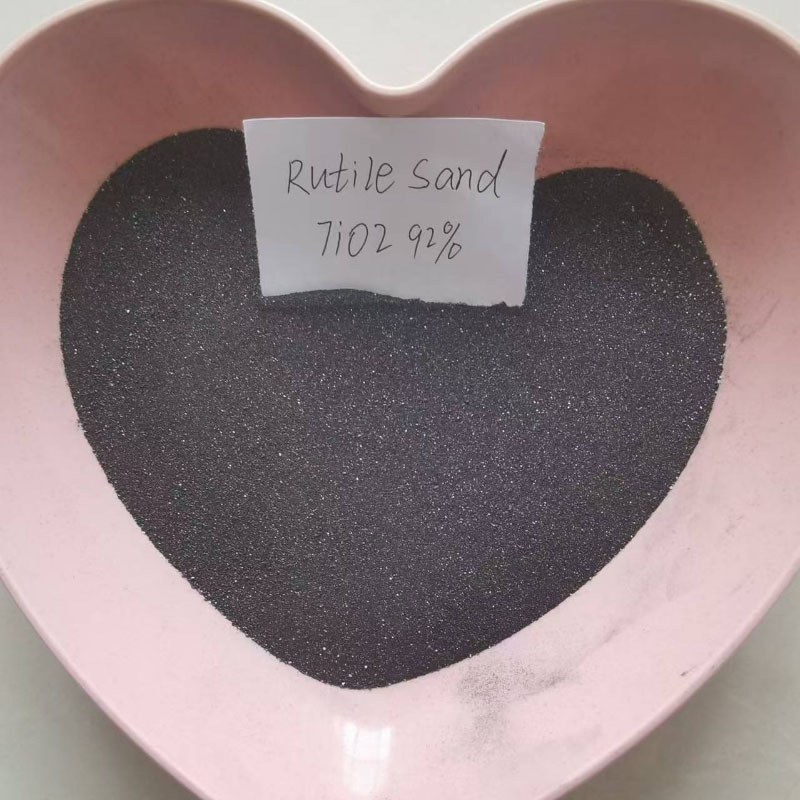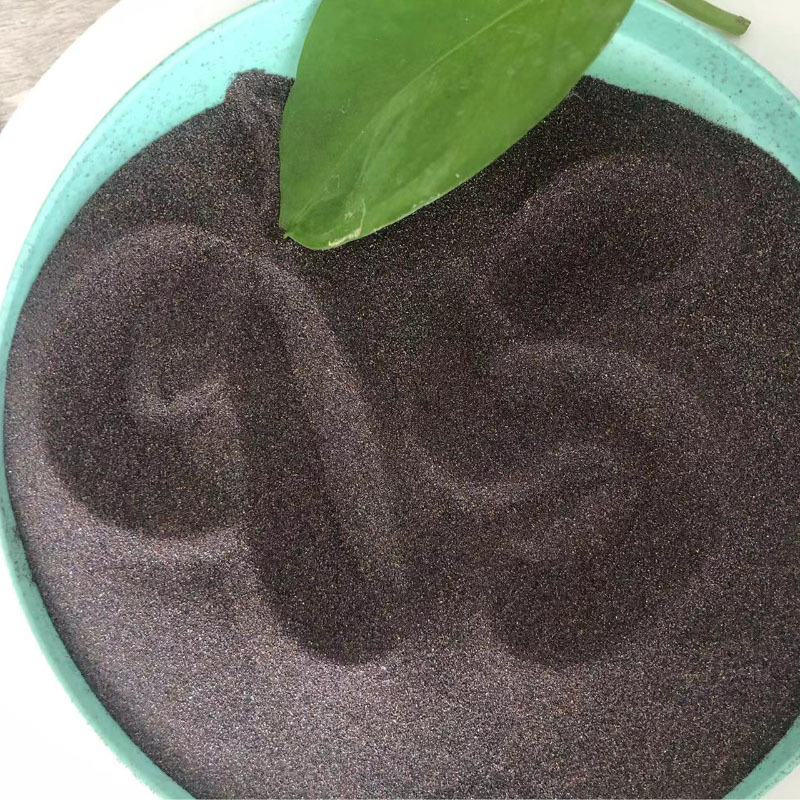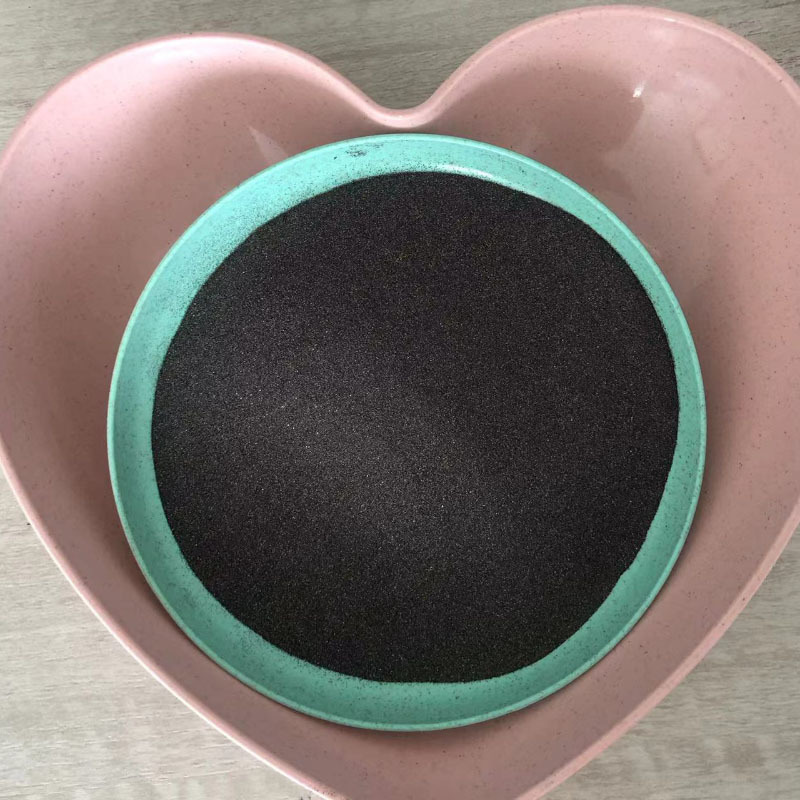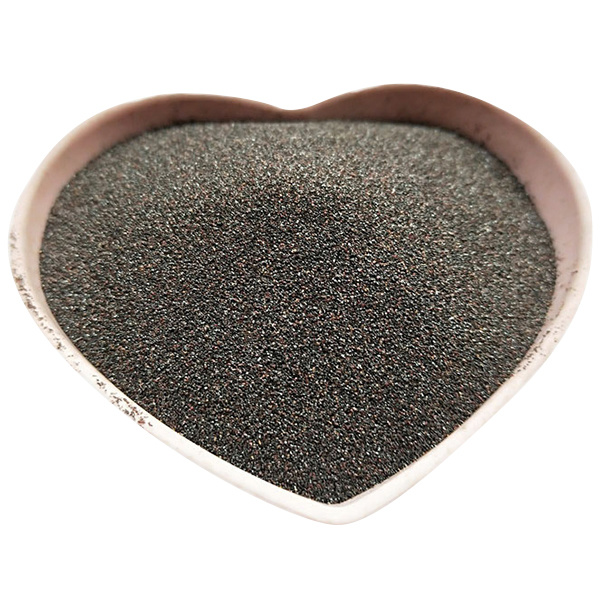What are the raw materials of plastics
Release Time:
Aug 12,2024
Plastic raw materials are mainly divided into several main categories.
Plastic raw materials are mainly divided into several main categories, such as synthetic resins, fillers, plasticizers, stabilizers and colorants.
1. Synthetic resin: Synthetic resin is the main component of plastic products, mainly including polyethylene (PE), polypropylene (PP), polyvinyl chloride (PVC), polystyrene (PS), polycarbonate (PC), polyester (such as PET, PBT), polyamide (such as PA6, PA66), polyacrylamide (PAN), etc. Different synthetic resins have different physical properties and uses, which can be selected and applied according to needs.
2. Fillers: Fillers are materials used to improve the performance of plastic materials, mainly including glass fiber, carbon fiber, silica fume, ceramic powder, etc. Fillers can increase the strength, hardness, rigidity and wear resistance of plastics, and can also reduce costs and density.
3. Plasticizers: Plasticizers are a type of additive used to increase the softness and ductility of plastics, mainly including phthalate plasticizers, epoxy ester plasticizers, organic tin plasticizers, epoxy resin plasticizers, etc. Plasticizers can improve the processing performance and softness of plastics and are widely used in the production of plastic products.
4. Stabilizers: Stabilizers are additives used to stabilize the performance of plastic materials, mainly including heat stabilizers, light stabilizers, oxidation stabilizers, etc. Stabilizers can prevent plastics from aging, oxidation, decomposition, etc. during processing or use, and extend the service life of plastics.
5. Colorants: Colorants are additives used to color plastic materials, mainly including organic pigments, inorganic pigments, colorant pigments, etc. Colorants can make plastic products present different colors and appearances to meet the design requirements under different needs and application scenarios.
In summary, plastic raw materials mainly include several main categories such as synthetic resins, fillers, plasticizers, stabilizers and colorants. Through reasonable matching and addition, plastic products with different performance and uses can be produced. With the continuous development and progress of science and technology, the types and application range of plastic raw materials are also constantly expanding and enriching.
Keywords:
You Can Also Learn More About Industry Trends






